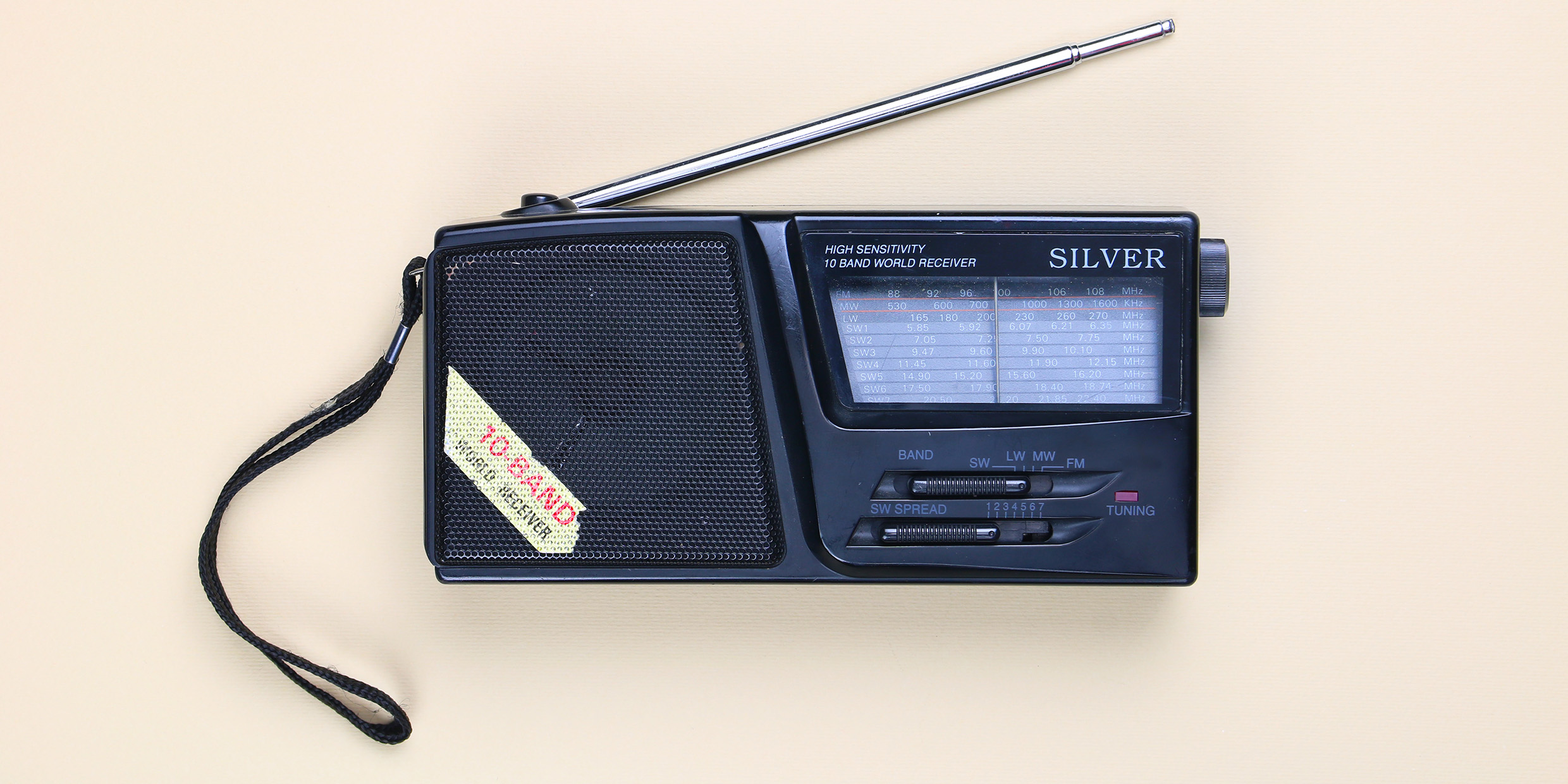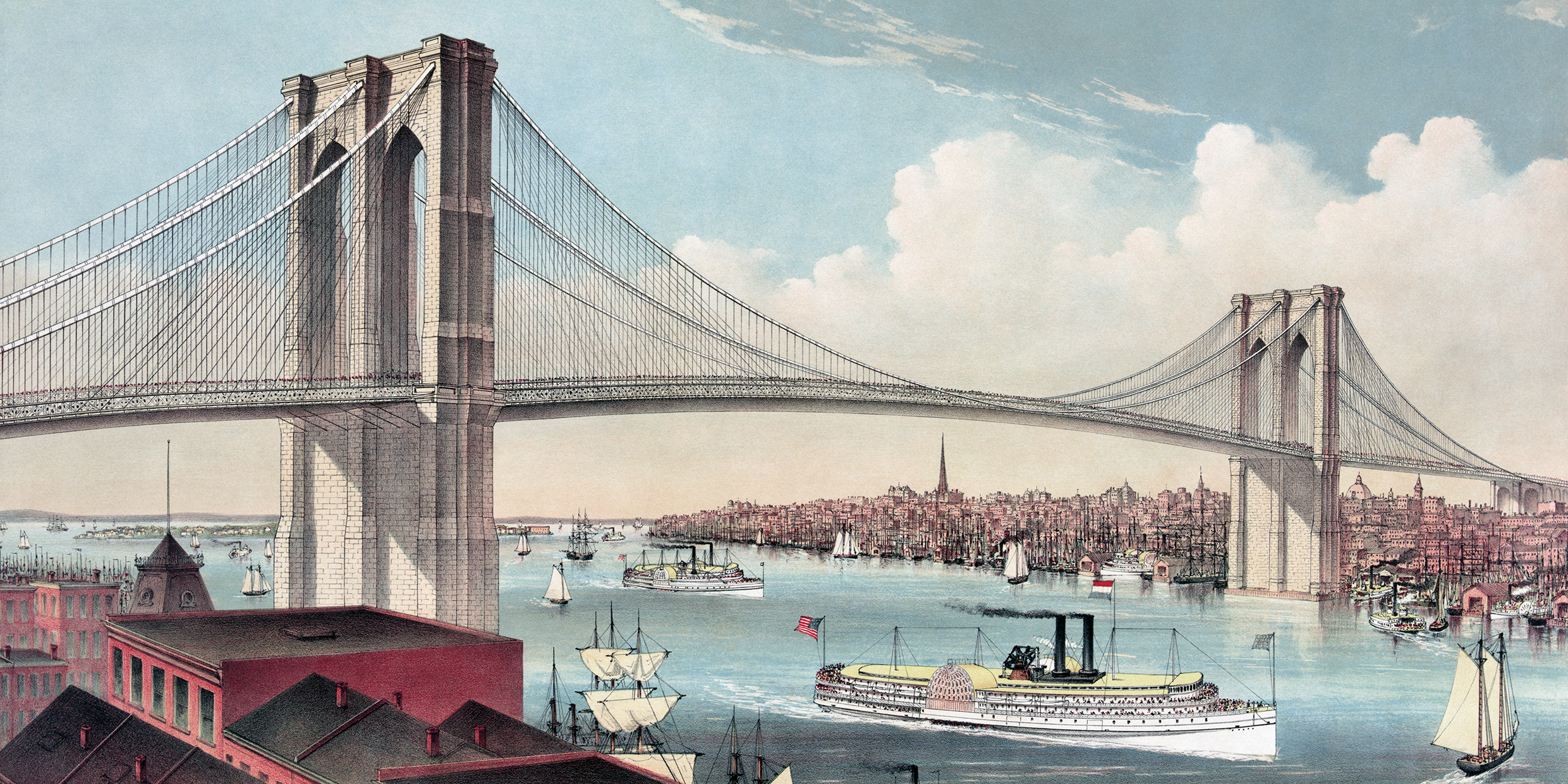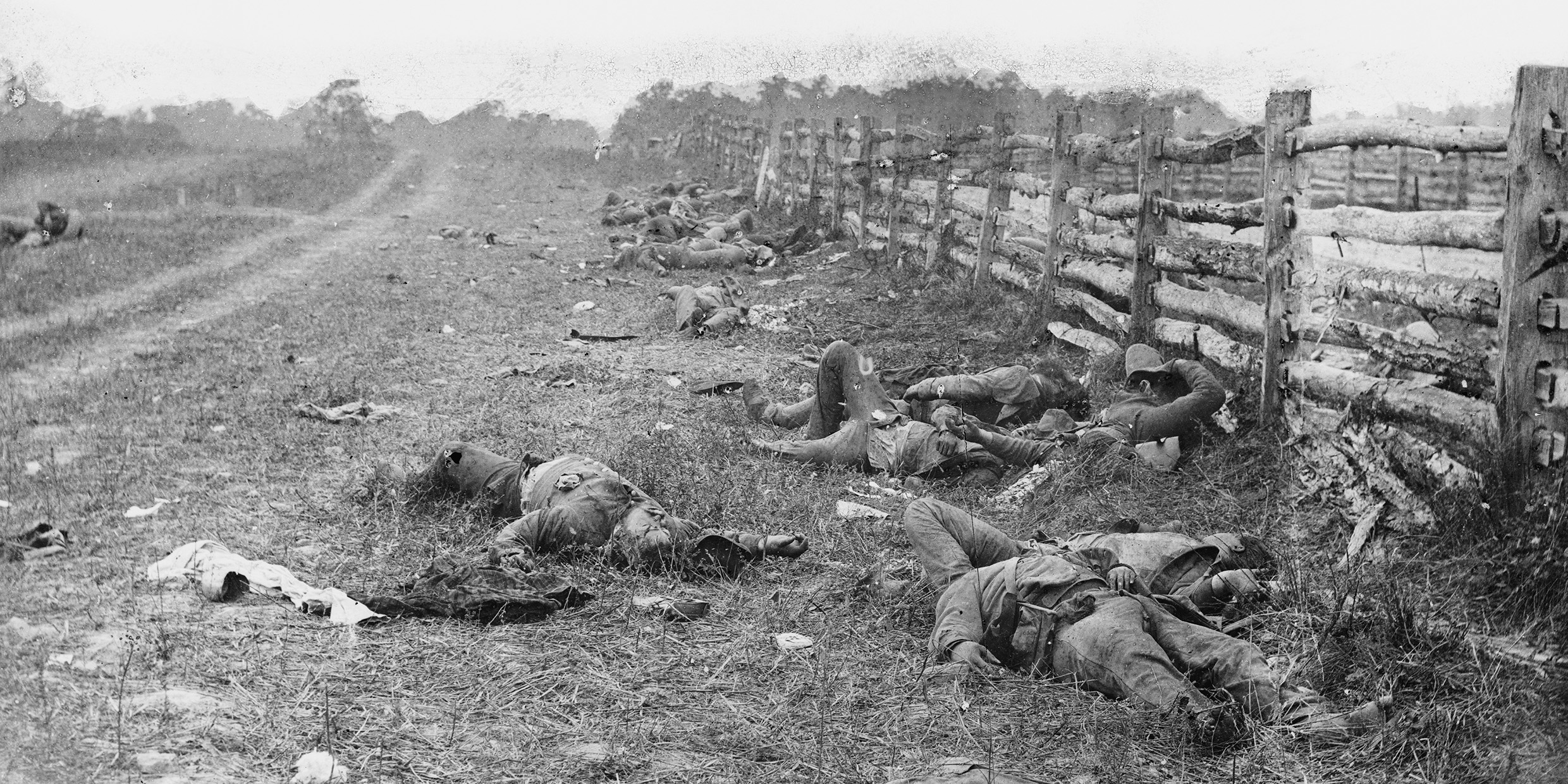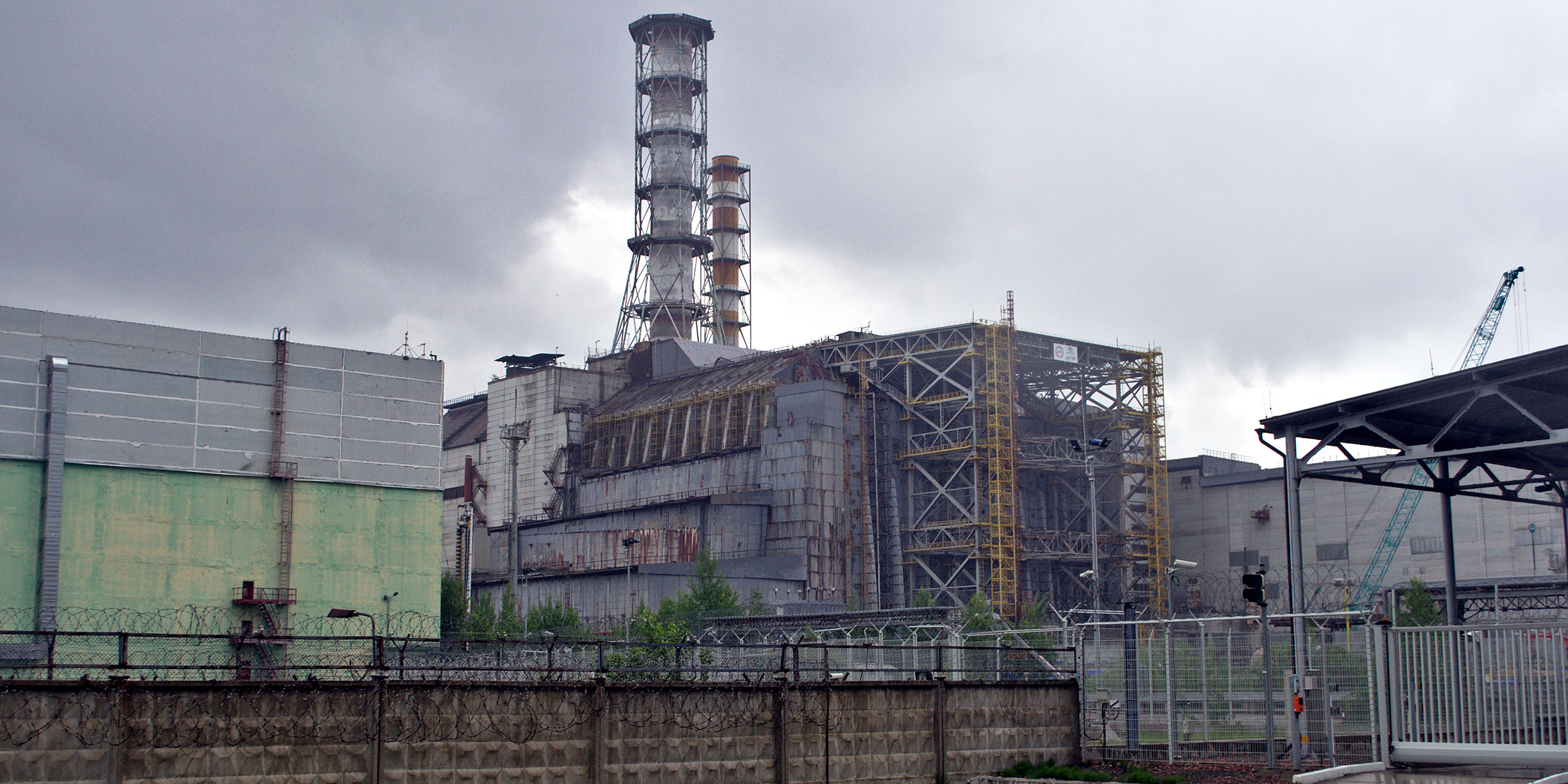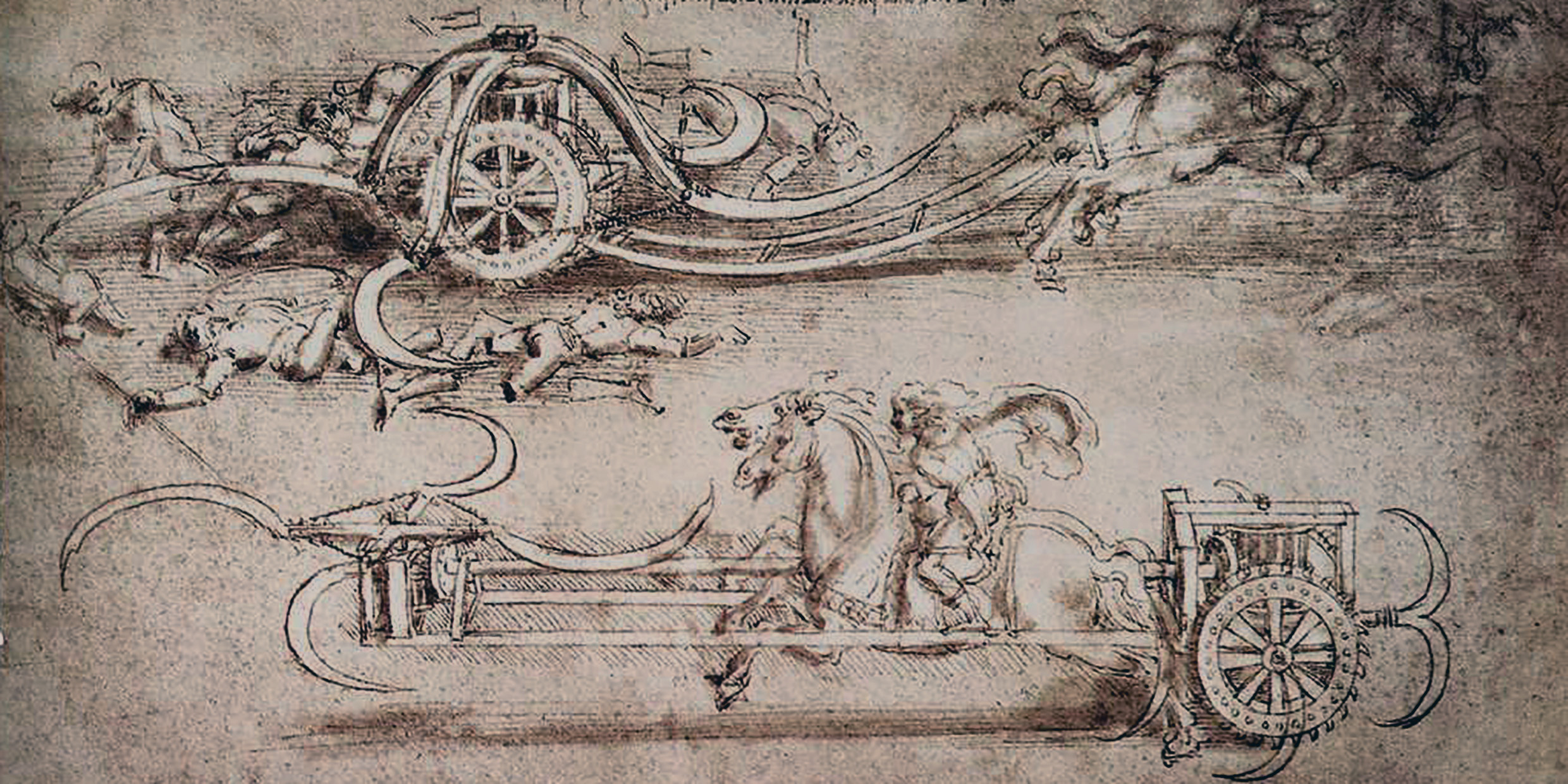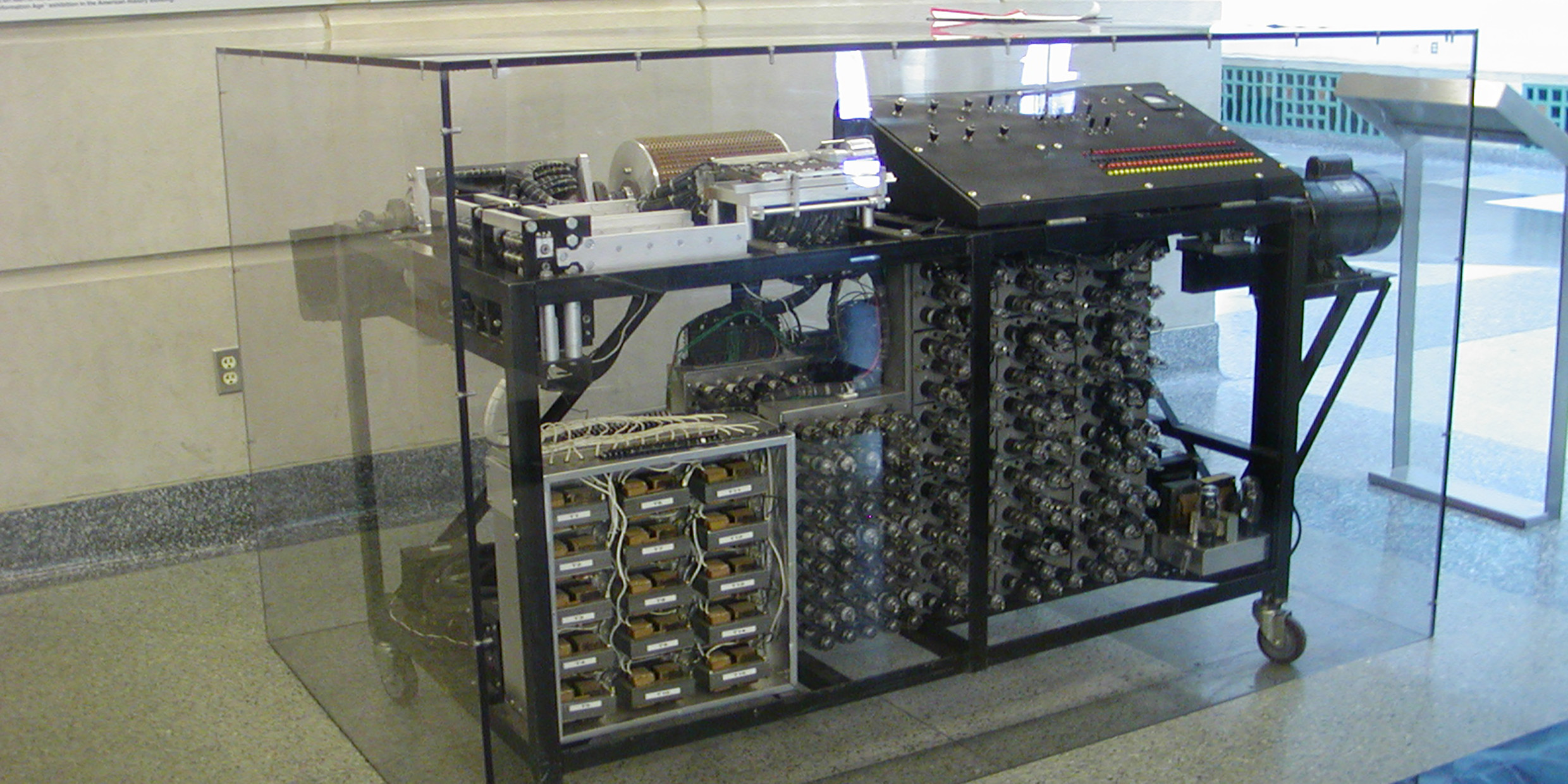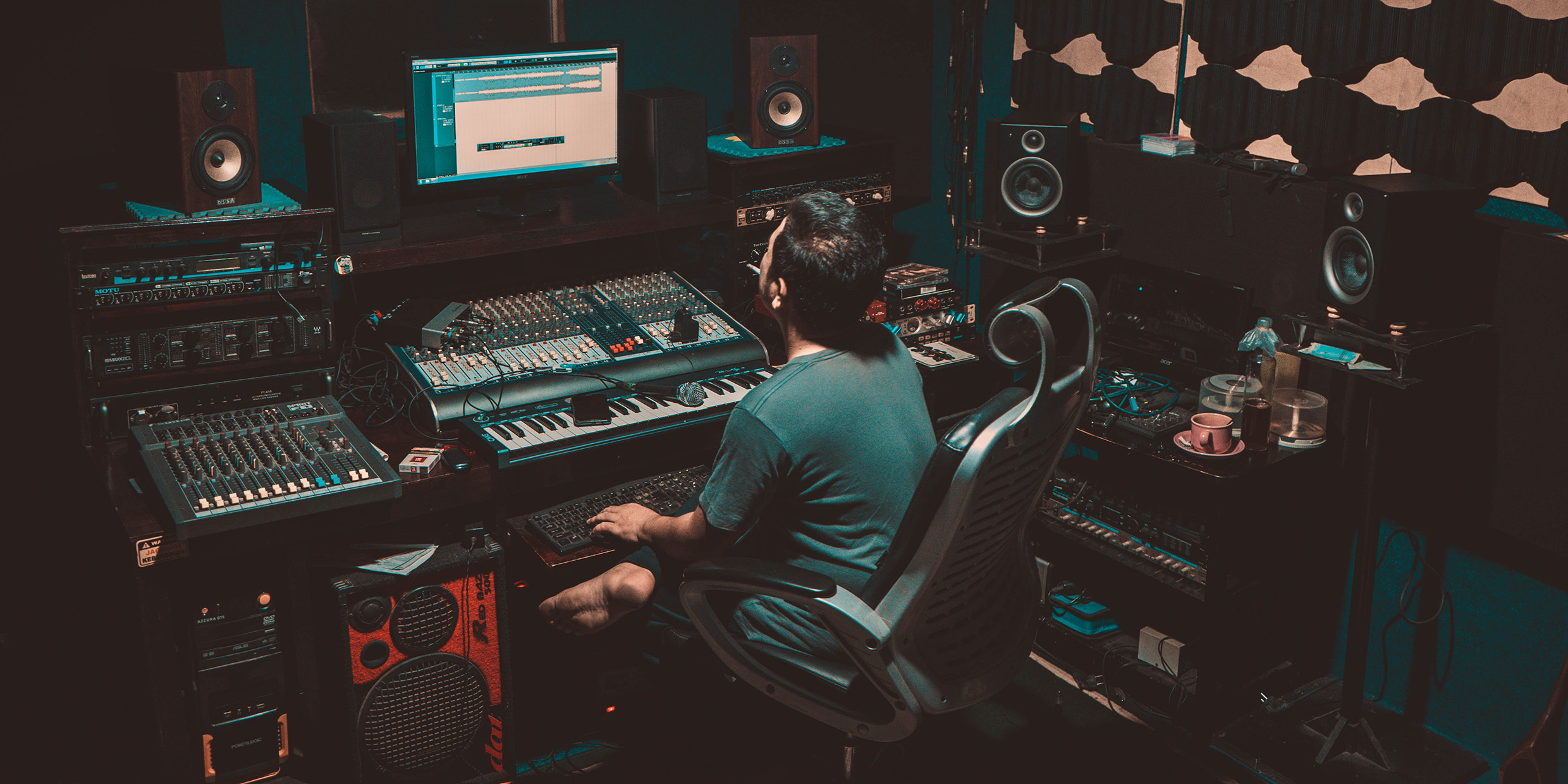If someone tells you the age of miracles is past, don’t believe it.
Technology
Gods no longer
New York’s bridges are falling down. According to a report in the “New York Times,” about a third of the city’s two thousand bridges are considered to be structurally deficient.
Hello — to what am I speaking?
Inspired by a wide-ranging appraisal of Artificial Intelligence research in the current issue of Dædalus, the Journal of the American Academy of Arts and Sciences, I sat down at my word processor to write this column.
Let history judge the worth
Bostonians anticipate the construction of a depressed Central Artery and third harbor tunnel with something akin to morbid fascination and stark terror.
No badge of courage in ‘star wars’
In Stephen Crane’s American classic, The Red Badge of Courage, young Henry Fleming goes off to war fired by dreams of heroic sweep and grandeur. “He had read of marches, sieges, conflicts, and had longed to see it all. His busy mind had drawn for him large pictures extravagant in color, lurid with breathless deeds.” In the war to preserve the Union he would mingle in one of the great affairs of the earth. He longs, yes longs, for the symbolic wound, the blood-red badge of courage.
A superfluity of supers
Consider the word “market.” First, it suffered a certain aggrandizement and became “supermarket.” Then, as compact supermarkets appeared on the scene, a new word was needed. The simplest solution would have been a return to “market.” What in we ended up with instead was “superette,” a curiously self-canceling word made of a prefix and a suffix with nothing in the middle.
Nuclear realities
The world’s first nuclear power station, at Shippingport, Pa., came on line in the late 1950s. After the horrors of Hiroshima and Nagasaki, the Shippingport plant seemed to vindicate our hard-won knowledge of the atom’s secrets. Here at last was a peacetime use for atomic energy. Magazines were full of articles with titles like “The Atom: Our Obedient Servant.” For most of us, it was the dawning of an age bright with promise.
The dark side of Leonardo
Thoreau, Emerson, and Hawthorne all record in their journals a moment when the shrill whistle of the Fitchburg Railroad intruded upon the tranquility of the Concord woods. The track of that railroad passed very close to Walden Pond, and Thoreau especially took note of the way the smoke-belching locomotive disrupted his country reveries.
A long, fast drive into computer history
One night in the winter of 1937, a young theoretical physicist at Iowa State University at Ames got into his car and drove at top speed along the dark highways of the prairie.
But will it play in drawing room?
We have a teenager in our house with equal enthusiasm for computers and for classical music. He brings the two together with inexpensive software that allows him to transcribe a musical score into his computer, manipulate voice, key and tempo, and play it back through the stereo system. The result leaves something to be desired. When you have heard a Mozart piano concerto synthesized by a four-voice home computer, it is easy to conclude that computers and music should never be allowed to mix.
